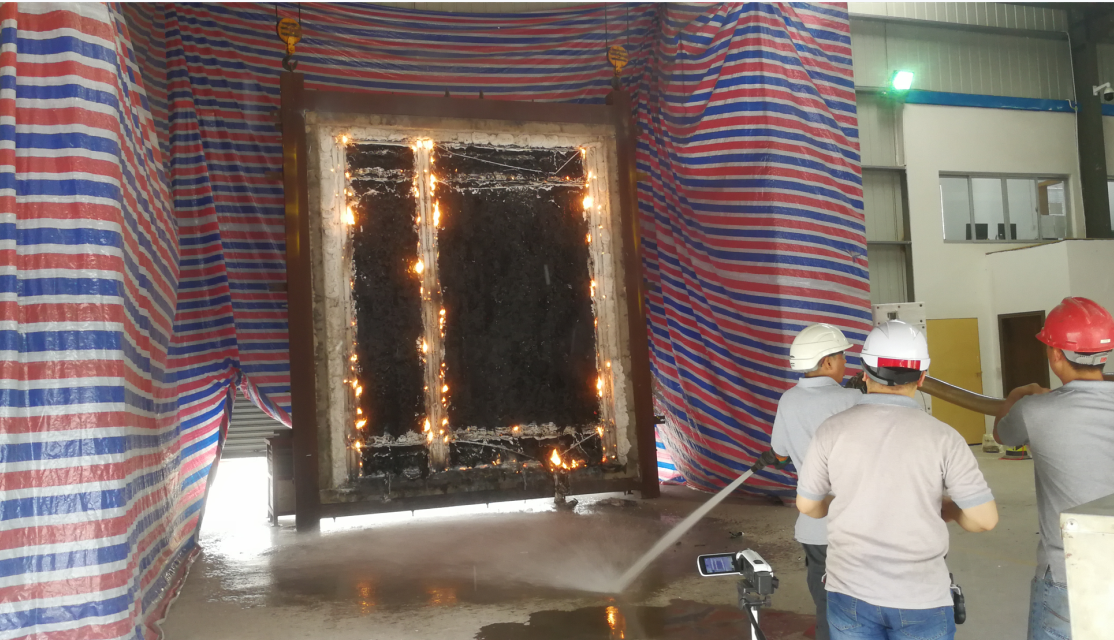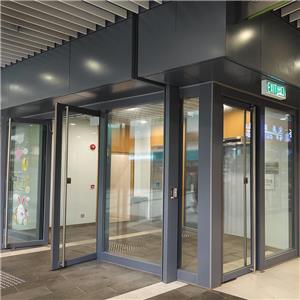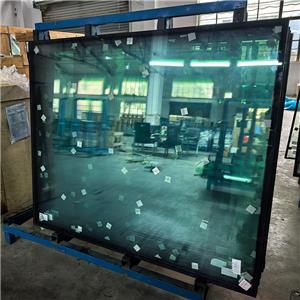Understanding Integrity and Insulation Performance of fire-resistance glass
Fire resistance is a critical aspect of building materials and construction, ensuring the safety and protection of occupants during potential fire incidents. It is divided into two key components: integrity and insulation.

Integrity, often measured in terms of the European EN 13639 standard, refers to the ability of a structure or component to maintain its structural integrity when subjected to extreme heat and flames. During an integrity test, a sample is subjected to elevated temperatures, typically simulating a fire scenario. If the sample experiences any of the following failures: catastrophic collapse, persistent flames on the backside lasting more than 10 seconds, or visible flames passing through, the material fails the integrity test. This ensures that the barrier does not compromise and maintains a secure barrier against fire spread.
Insulation, conversely, focuses on the thermal resistance of the material. The EN 13340 norm governs this evaluation, where the primary concern is limiting heat transmission across the barrier. A failed insulation test occurs if the average temperature rise on the non-fire side exceeds 140°C, or if the hottest point reaches 180°C. This criterion ensures that the material effectively retards the heat transfer, thereby protecting the adjacent areas from rapid temperature escalation and reducing the risk of fire spread.
In summary, fire resistance's success relies on both the integrity of a structure's ability to resist collapse and the insulation's capacity to maintain a safe temperature differential between the exposed and protected zones. These standards are crucial in designing and selecting materials for fire-resistant applications, ultimately enhancing public safety in buildings and infrastructure.




